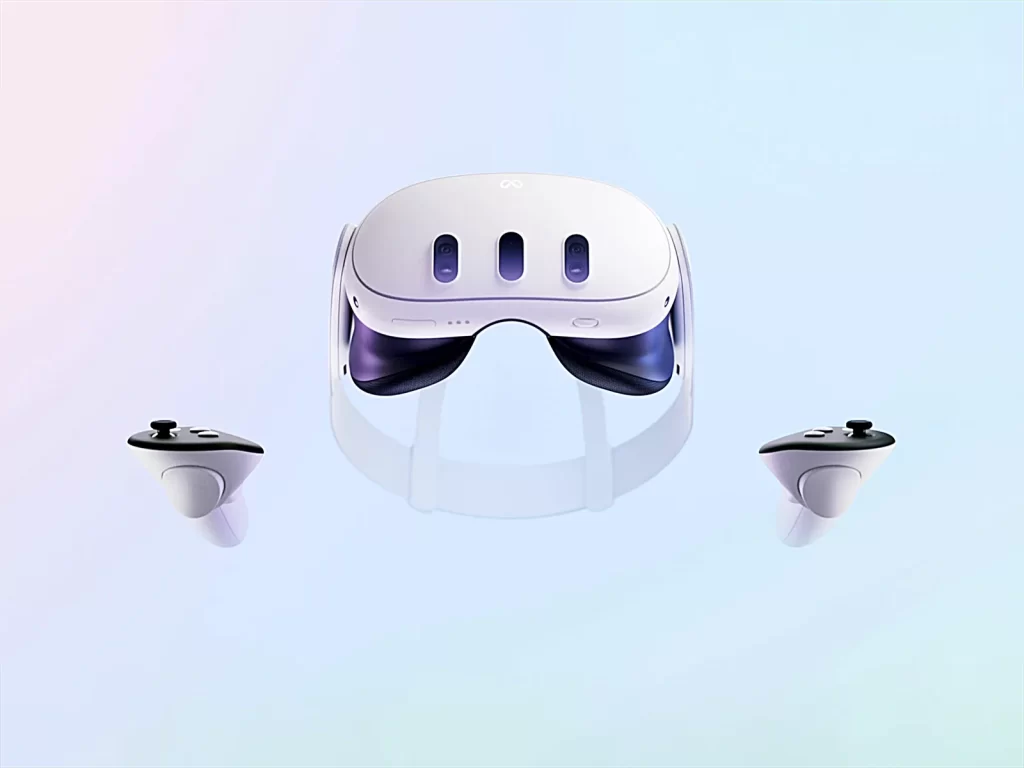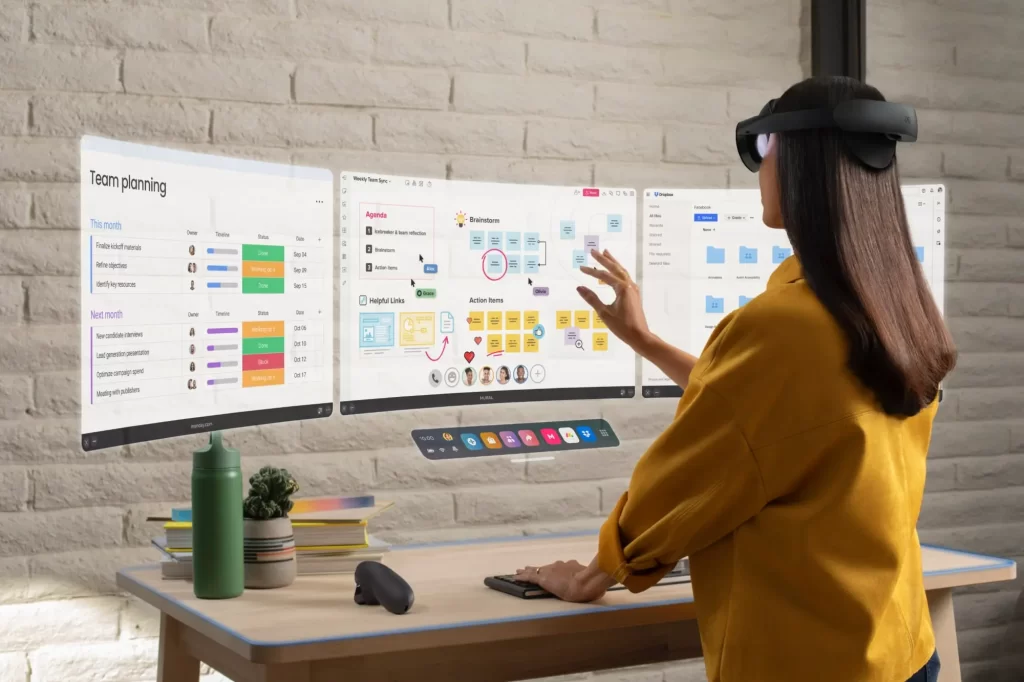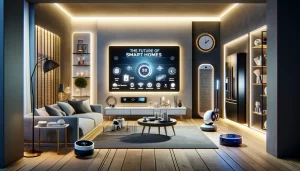
Meta announced the Quest 3, its next-generation virtual and mixed reality headset, in October 2023. It features a number of upgrades over the previous model, the Quest 2, including a higher-resolution display, more powerful processor, improved ergonomics, and new mixed reality features.
Display and Optics
The Quest 3’s display has a resolution of 2160×2160 pixels per eye, which is a 30% increase over the Quest 2. This means that games and other VR content will look sharper and more detailed. The headset also uses new pancake lenses, which are thinner and lighter than traditional VR lenses. This reduces the overall size and weight of the headset, making it more comfortable to wear for long periods of time.
Processor
The Quest 3 is powered by a new Snapdragon XR2 Gen 2 processor, which is developed in collaboration with Qualcomm Technologies. This processor offers more than twice the graphical performance of the previous generation Snapdragon GPU in Quest 2, resulting in smoother performance and more realistic visuals.
Ergonomics and Controllers
The Quest 3 also features a number of ergonomic improvements. The headset has a new soft adjustable strap that is designed to accommodate a variety of head shapes and hairstyles. There is also a new depth adjustment feature that allows users to easily adjust the facial interface closer or farther from their face for improved comfort and field of view.
The Quest 3 controllers have also been redesigned. They now feature a more streamlined, ring-free design that lets users experience intuitive movement and precise input. The controllers also have enhanced haptics for more sensations, so users can move and react intuitively.
Mixed Reality Features
One of the most exciting new features of the Quest 3 is its improved mixed reality capabilities. The headset features two full-color cameras with a depth sensor in the middle, which allows users to overlay virtual objects onto the real world. This opens up a wide range of new possibilities for gaming, productivity, and creative applications.
For example, users can use the Quest 3 to play mixed reality games where they have to interact with both virtual and physical objects. They can also use the headset to collaborate with colleagues on projects by overlaying virtual 3D models onto the real world. Additionally, users can use the Quest 3 to create their own mixed reality experiences, such as virtual art galleries or educational games.
To use the Meta Quest 3 as virtual extended monitors, you will need to use a third-party software application, such as Immersed or Virtual Desktop. These applications allow you to stream your computer’s display to the Quest 3, which you can then position in your virtual environment to create additional monitors.
Once you have installed and configured the software, you will need to connect your Quest 3 to your PC. You can do this using a wired connection (via USB-C) or a wireless connection (via AirLink).
Once your Quest 3 is connected, you can launch the software application and start streaming your PC’s display. The application will create a virtual desktop for each of your PC’s monitors. You can then position and resize the virtual desktops in your virtual environment to create your desired configuration.
For example, you could create a three-monitor setup with one monitor in front of you and two monitors on either side. You could also create a four-monitor setup with two monitors in front of you and two monitors above you.
Once you have positioned the virtual desktops to your liking, you can start using them as you would any other monitor. You can drag and drop windows between monitors, and you can use keyboard shortcuts to switch between monitors.
Benefits of using the Meta Quest 3 as virtual extended monitors

There are a number of benefits to using the Meta Quest 3 as virtual extended monitors, including:
- Increased productivity: Having additional monitors can help you to be more productive by allowing you to see more information at once. For example, you could use one monitor for your email, another monitor for your web browser, and another monitor for your code editor.
- Improved immersion: Using virtual monitors in VR can create a more immersive experience than using traditional monitors. This can be especially beneficial for tasks such as gaming, video editing, and graphic design.
- Reduced eye strain: Virtual monitors can be positioned further away from your eyes than traditional monitors, which can help to reduce eye strain.
- Increased flexibility: Virtual monitors can be positioned anywhere in your virtual environment, which gives you more flexibility than traditional monitors. For example, you could position a monitor above you or to the side of you.
Overall, using the Meta Quest 3 as virtual extended monitors can be a great way to increase your productivity, improve your immersion, reduce eye strain, and gain more flexibility. See the demo video below.
Other Features and Release Date
The Quest 3 also features a number of other improvements, such as a 40% louder volume range than the Quest 2, improved battery life, and a new IPD adjustment wheel for more precise lens positioning.
The Quest 3 is available in two storage options: 128GB and 512GB. The 128GB model will start at $499.99 USD.





